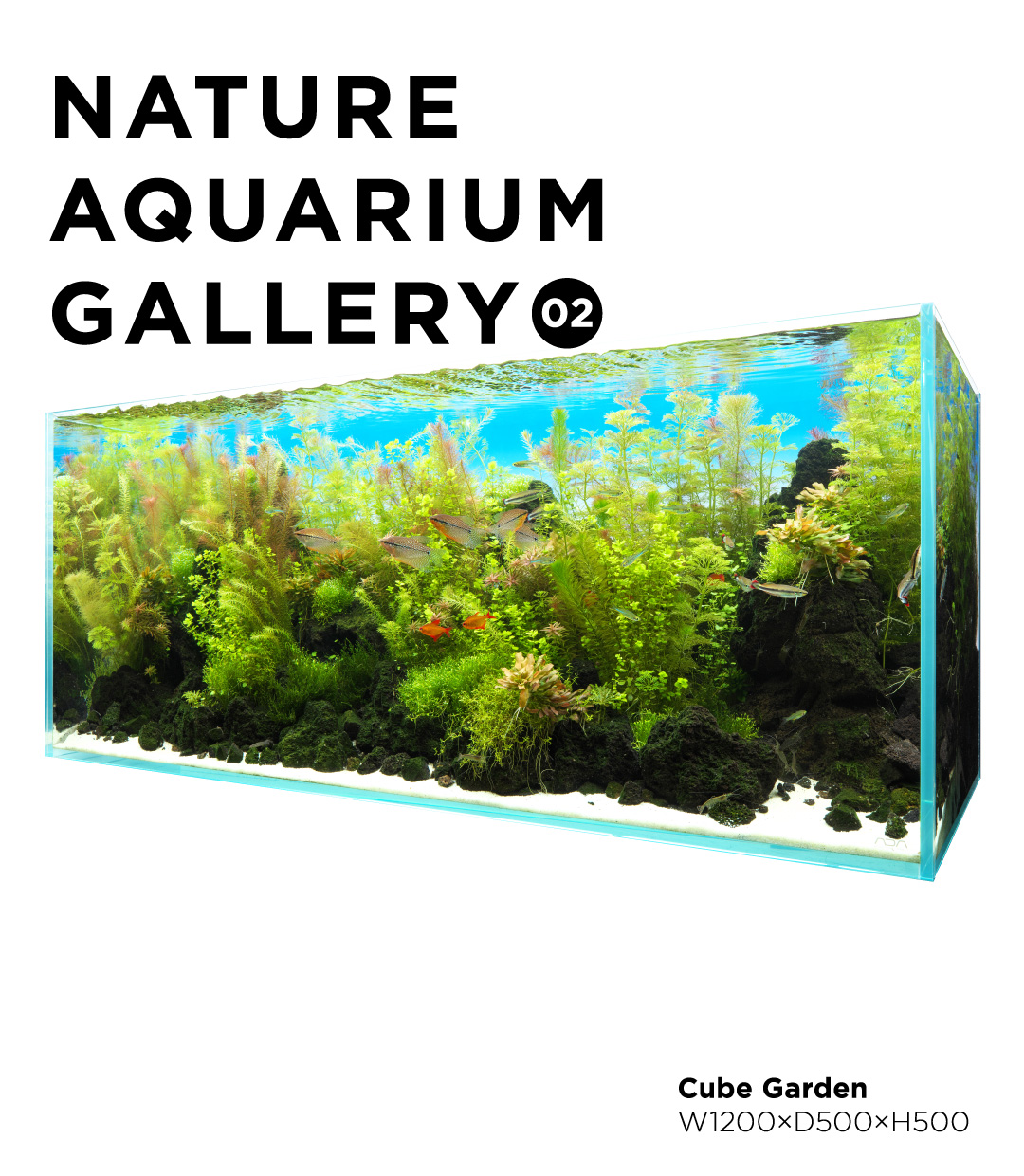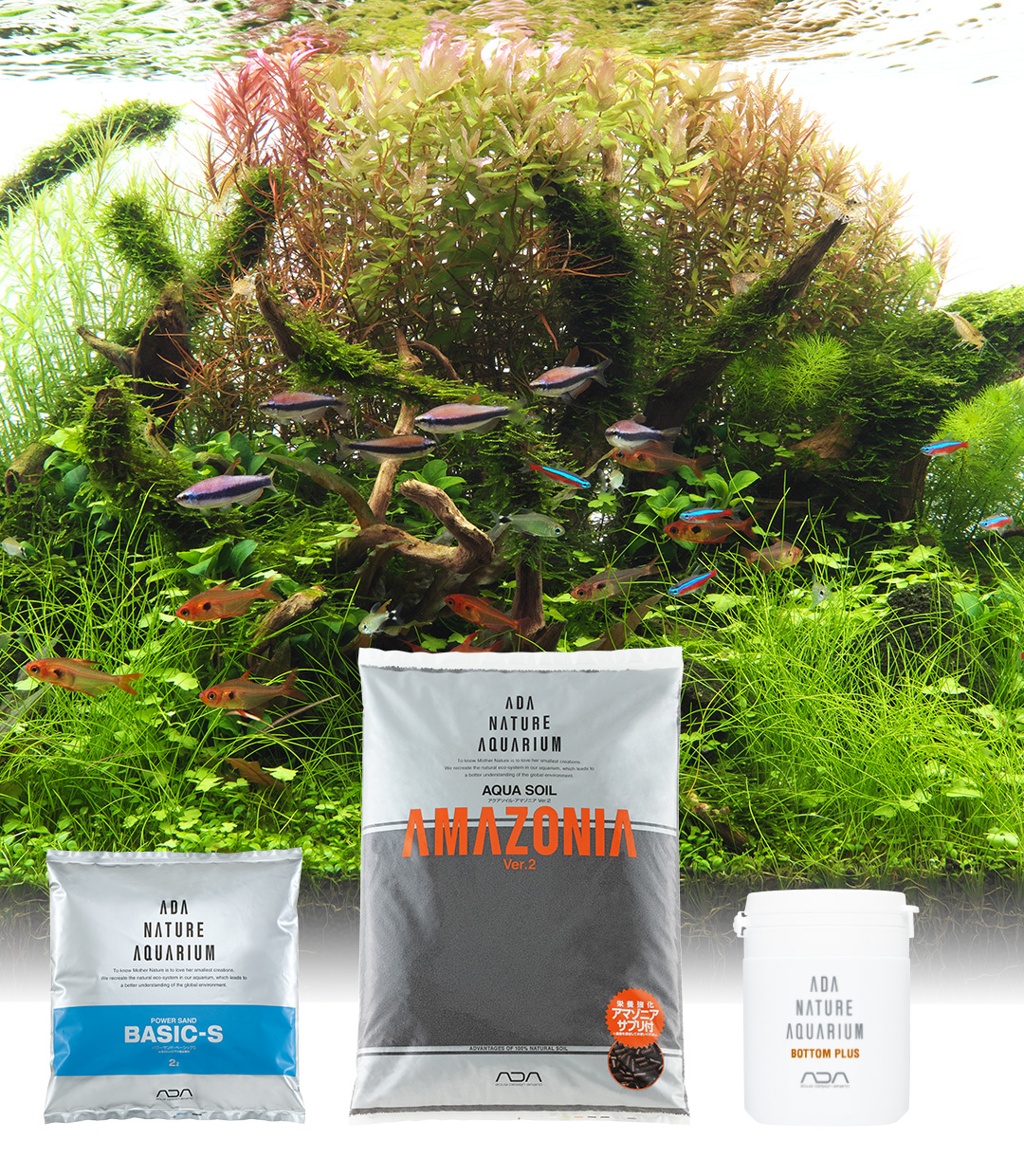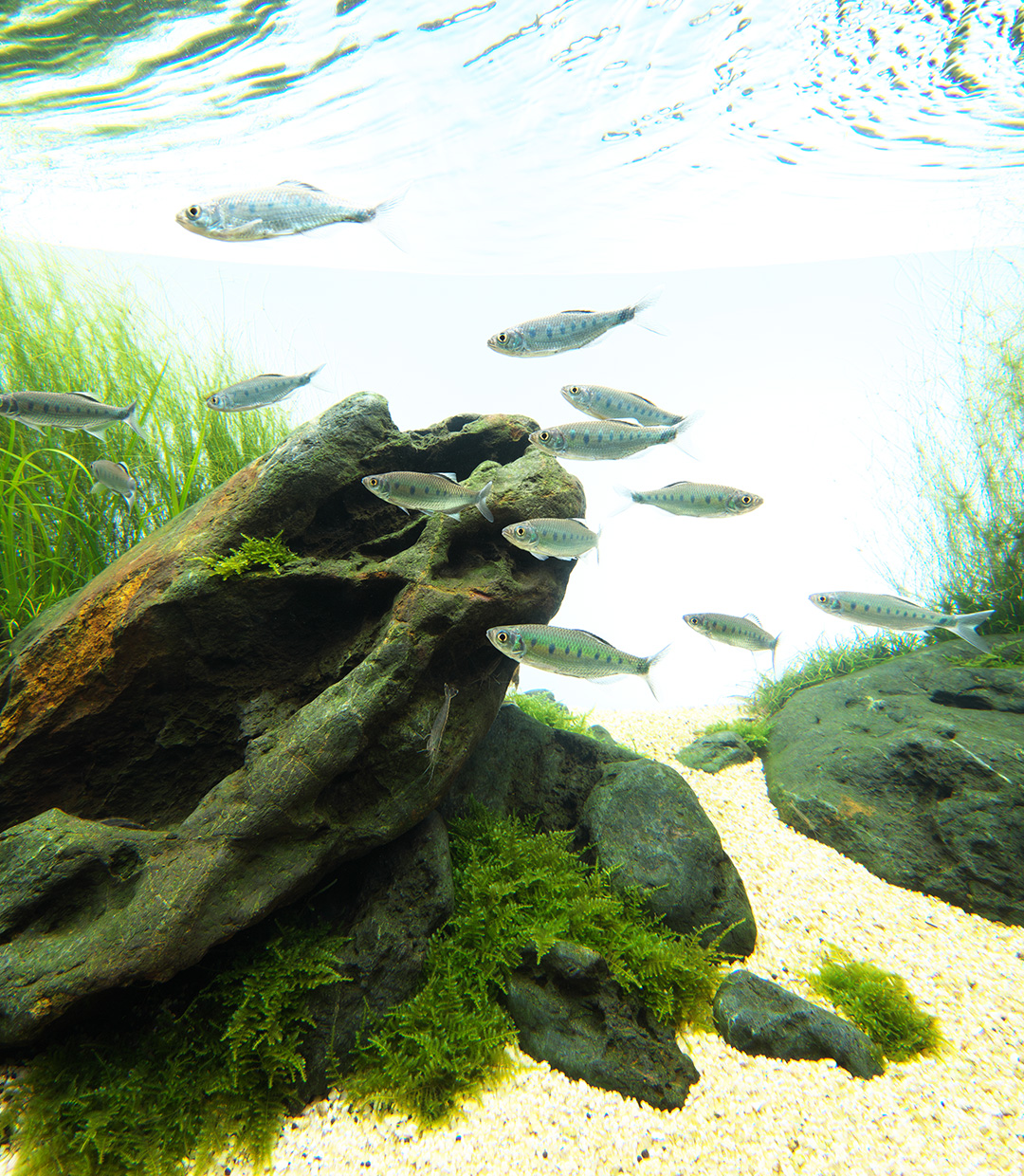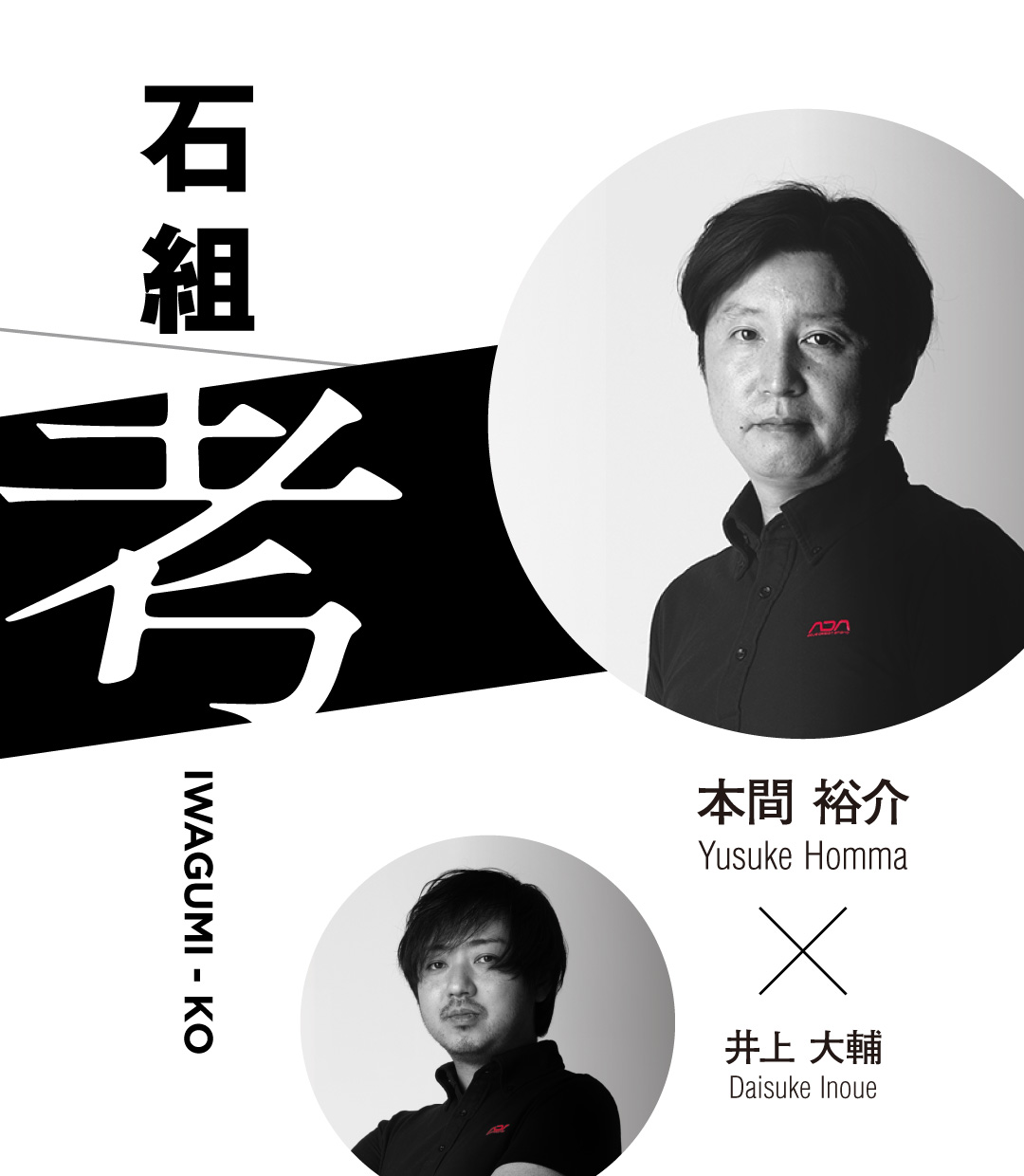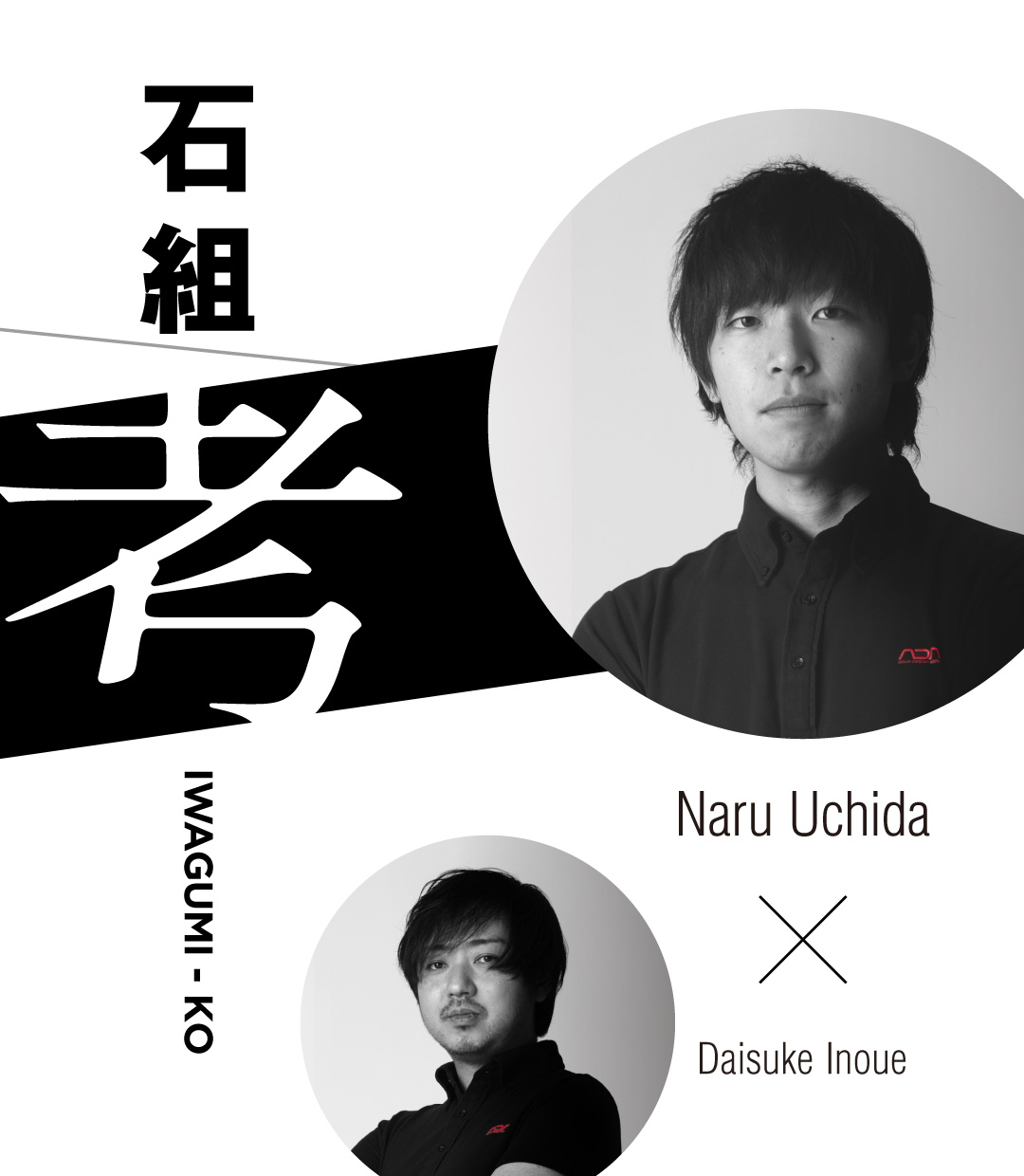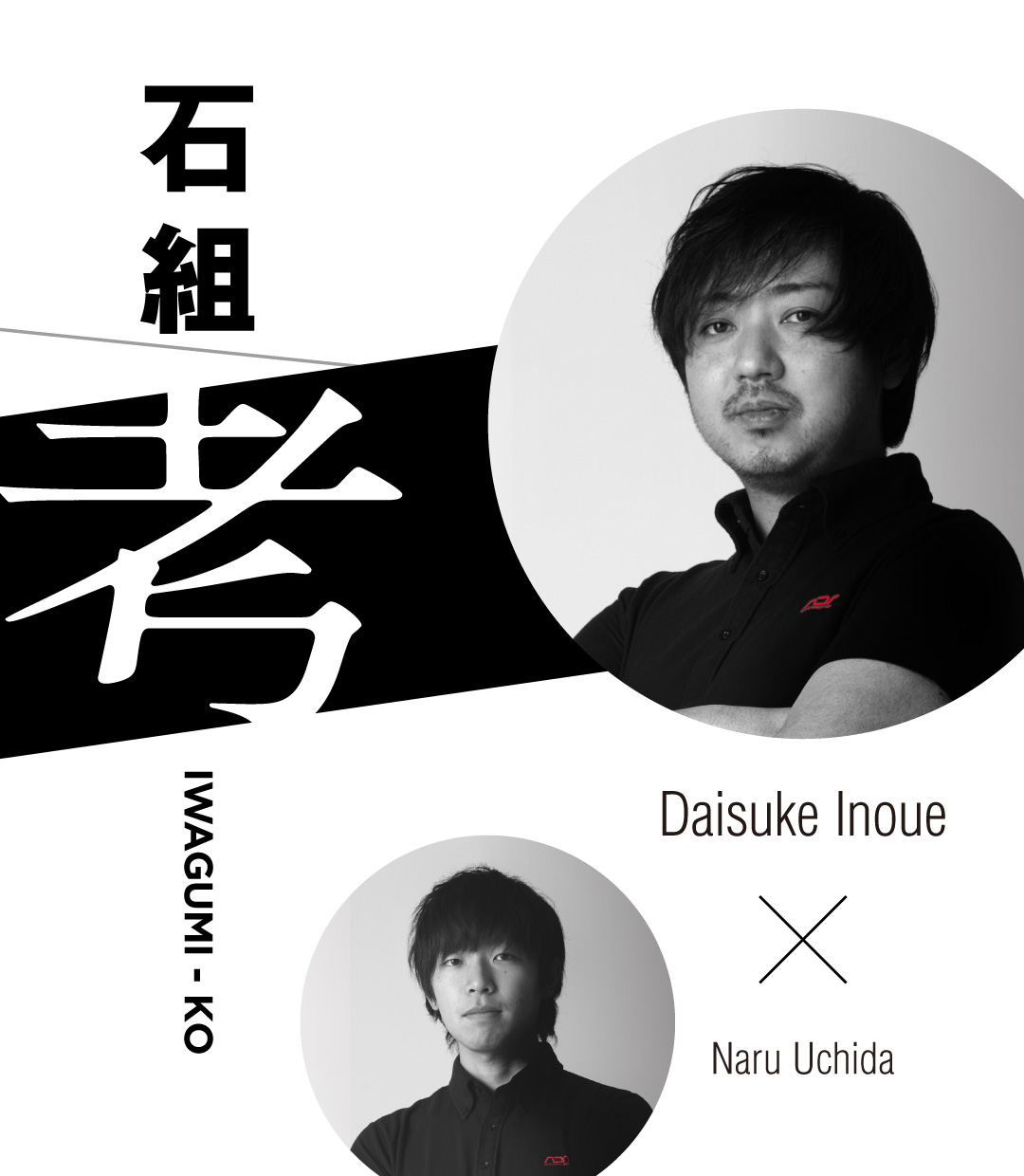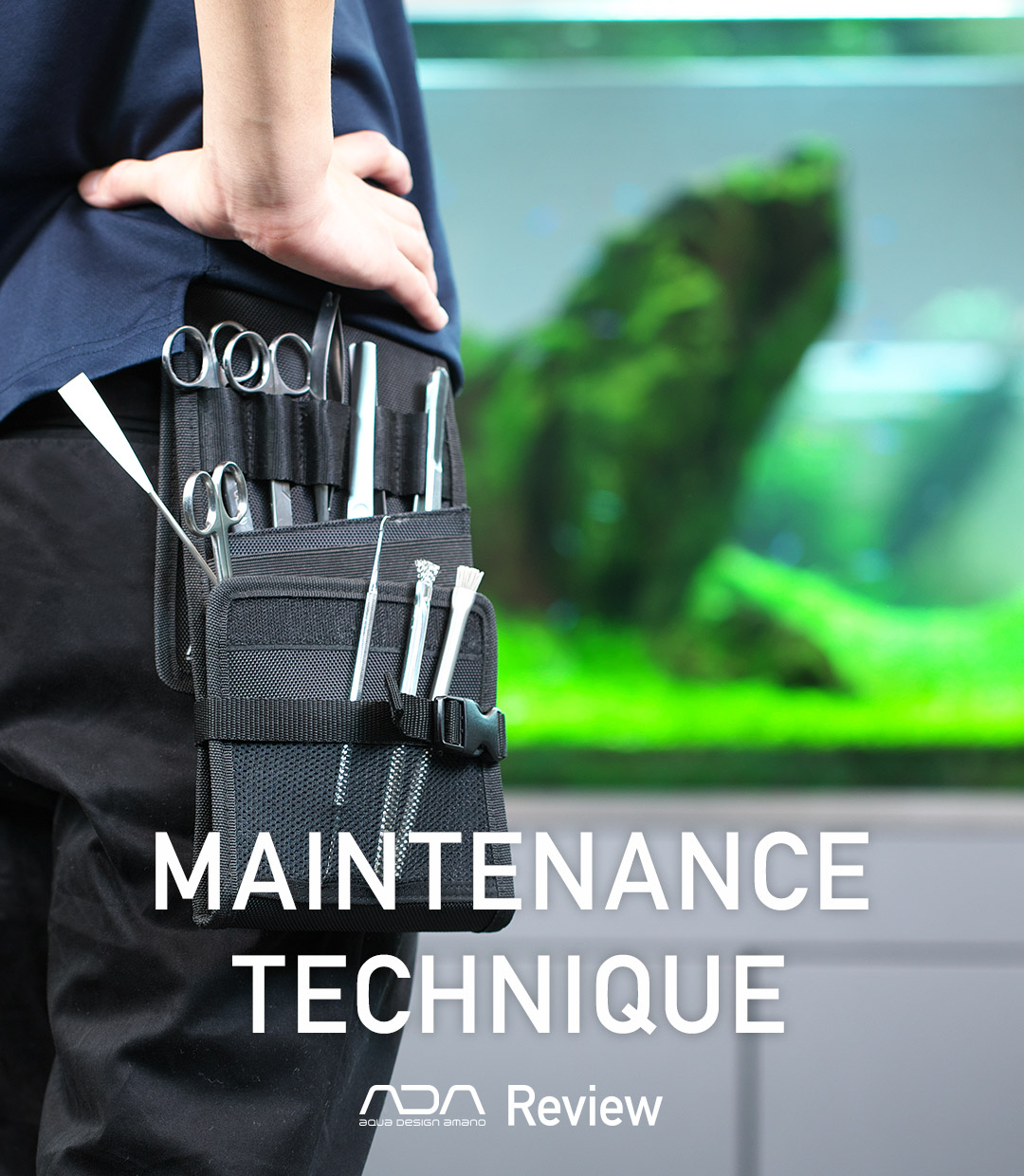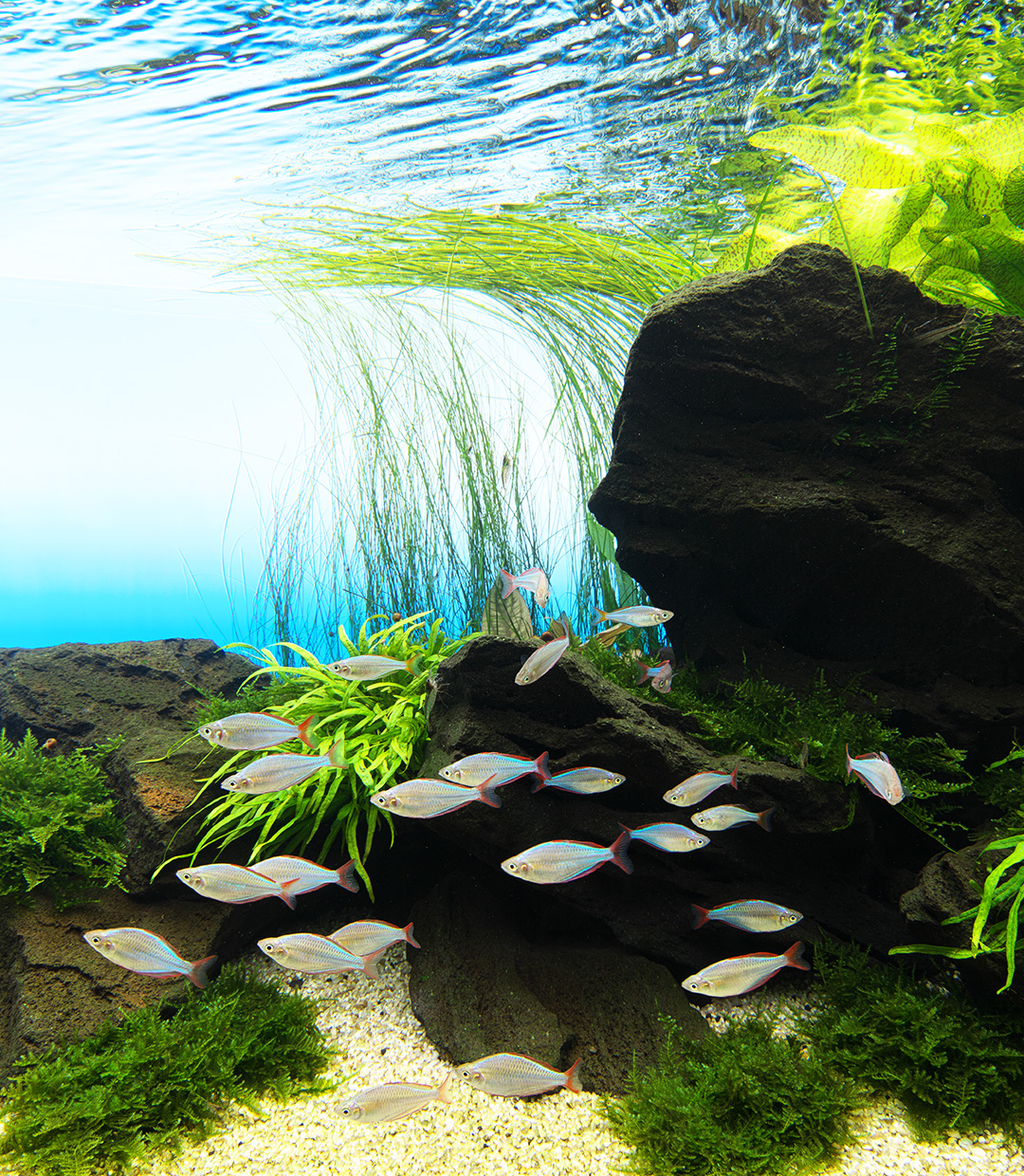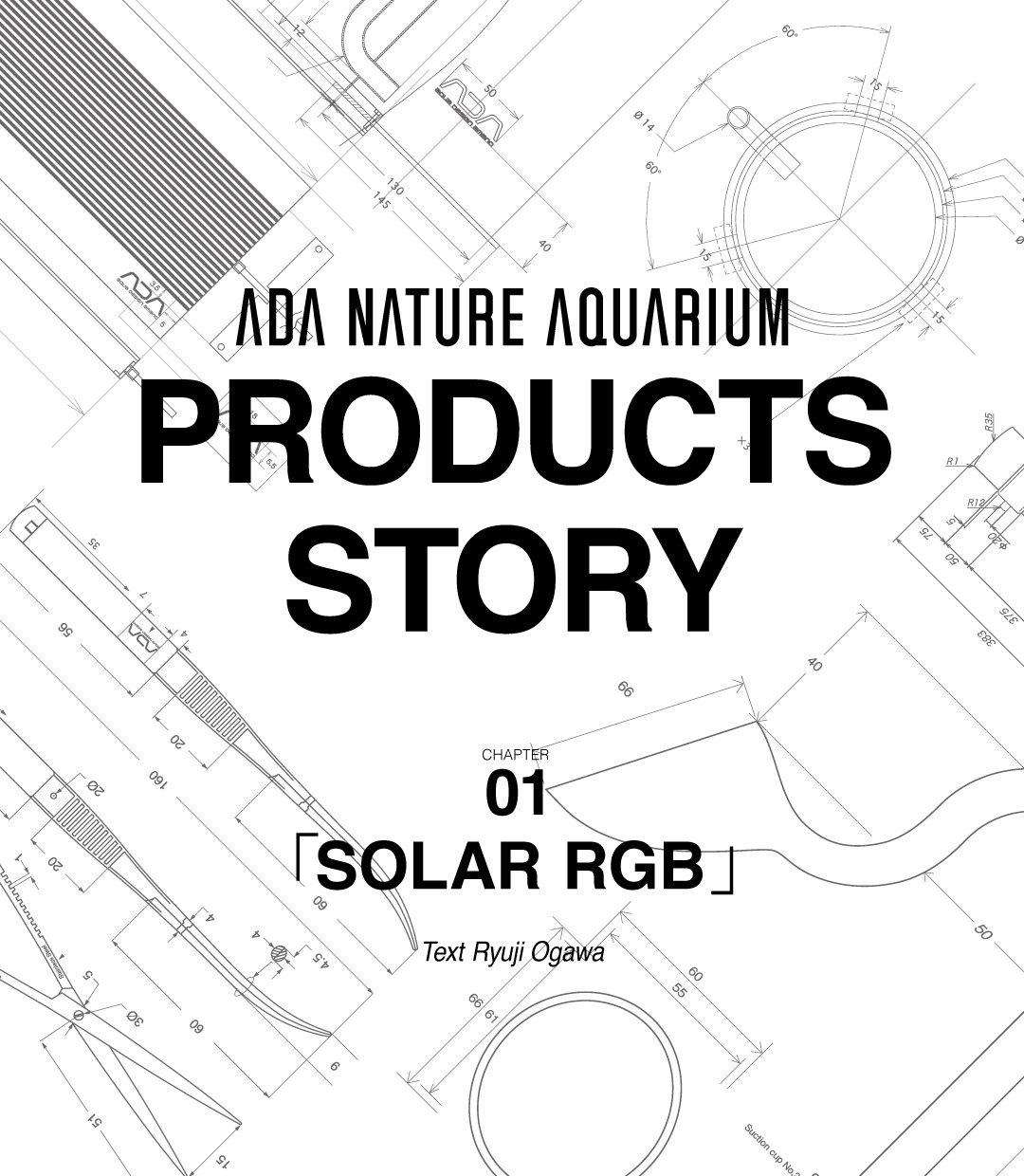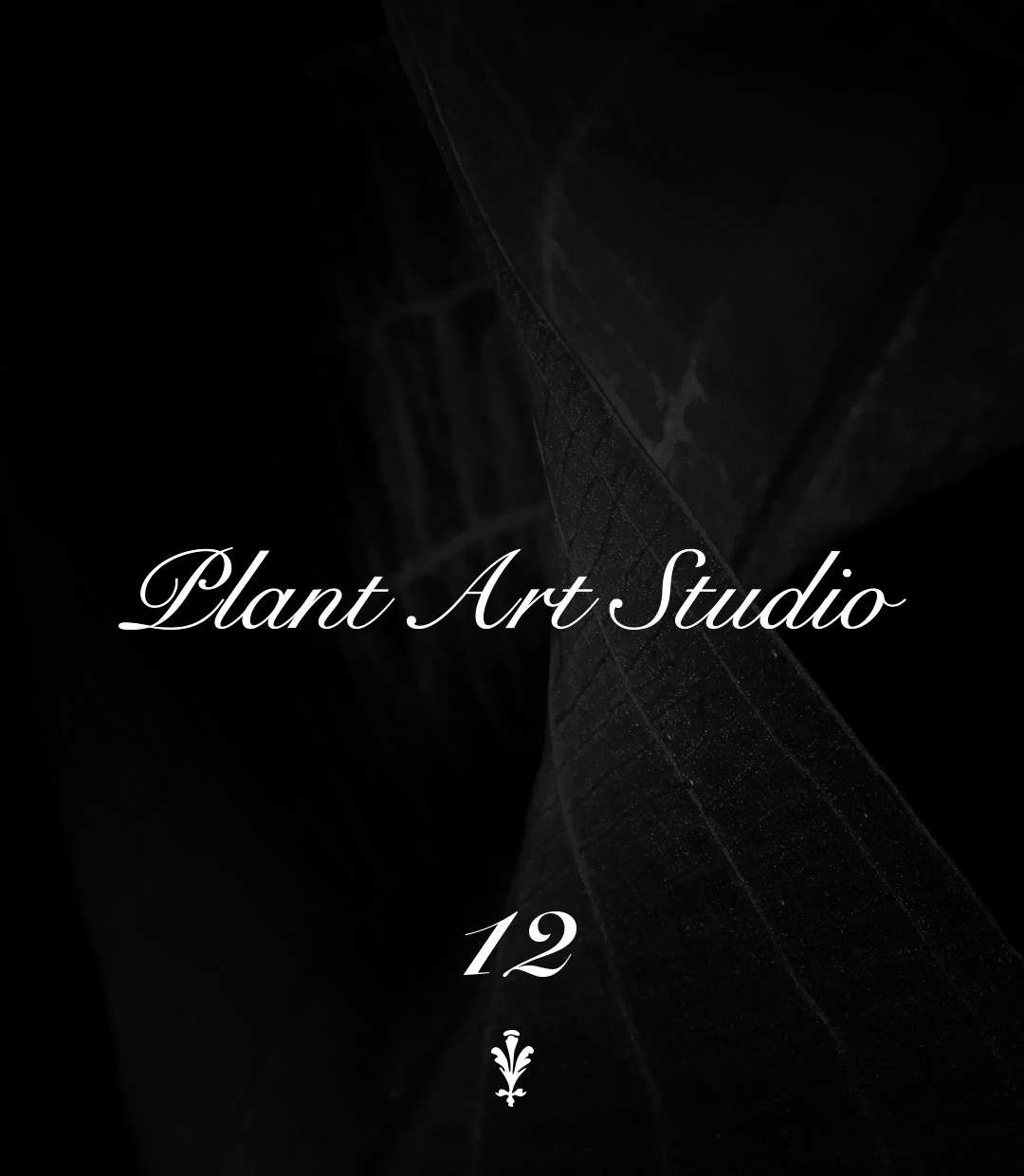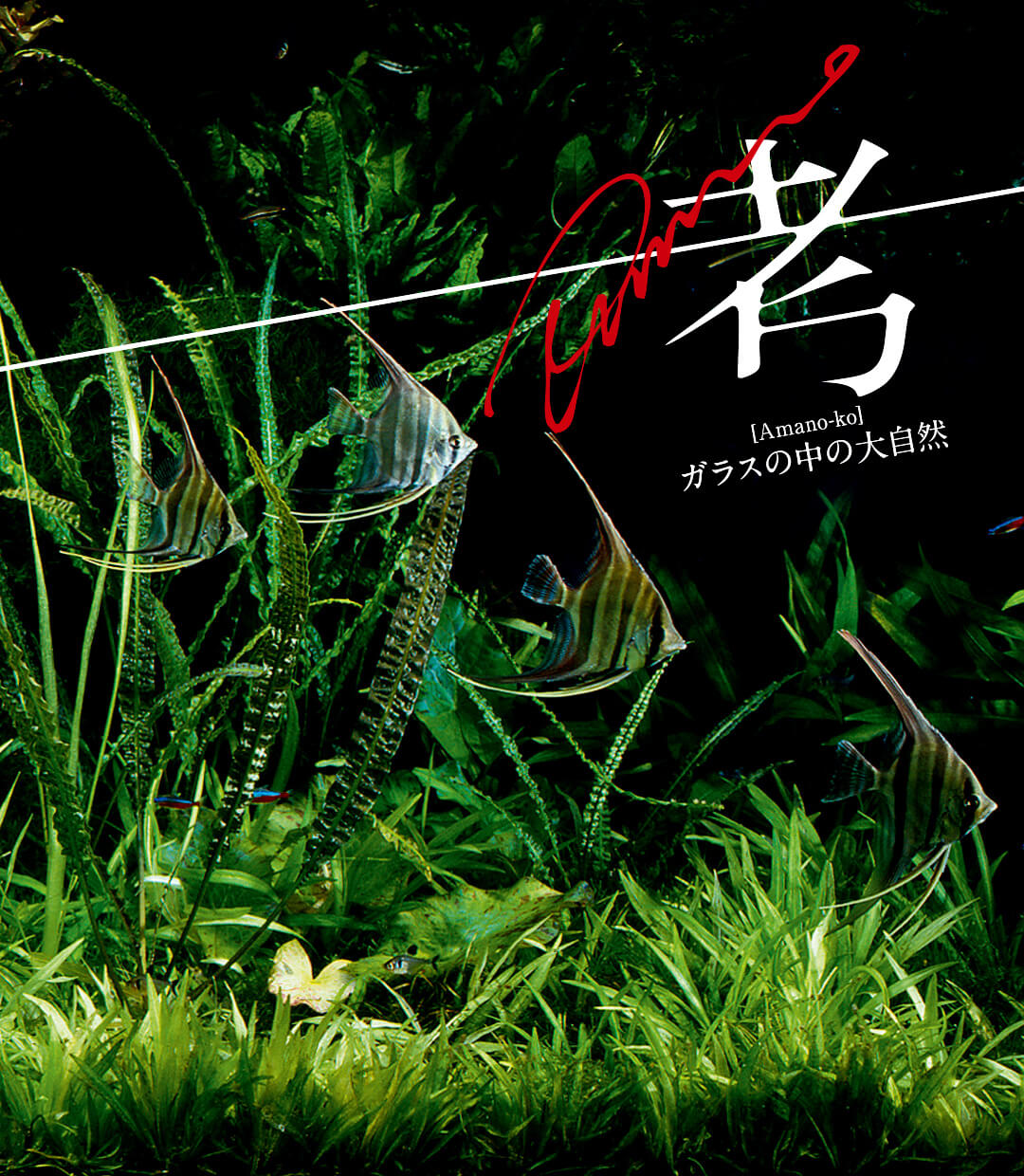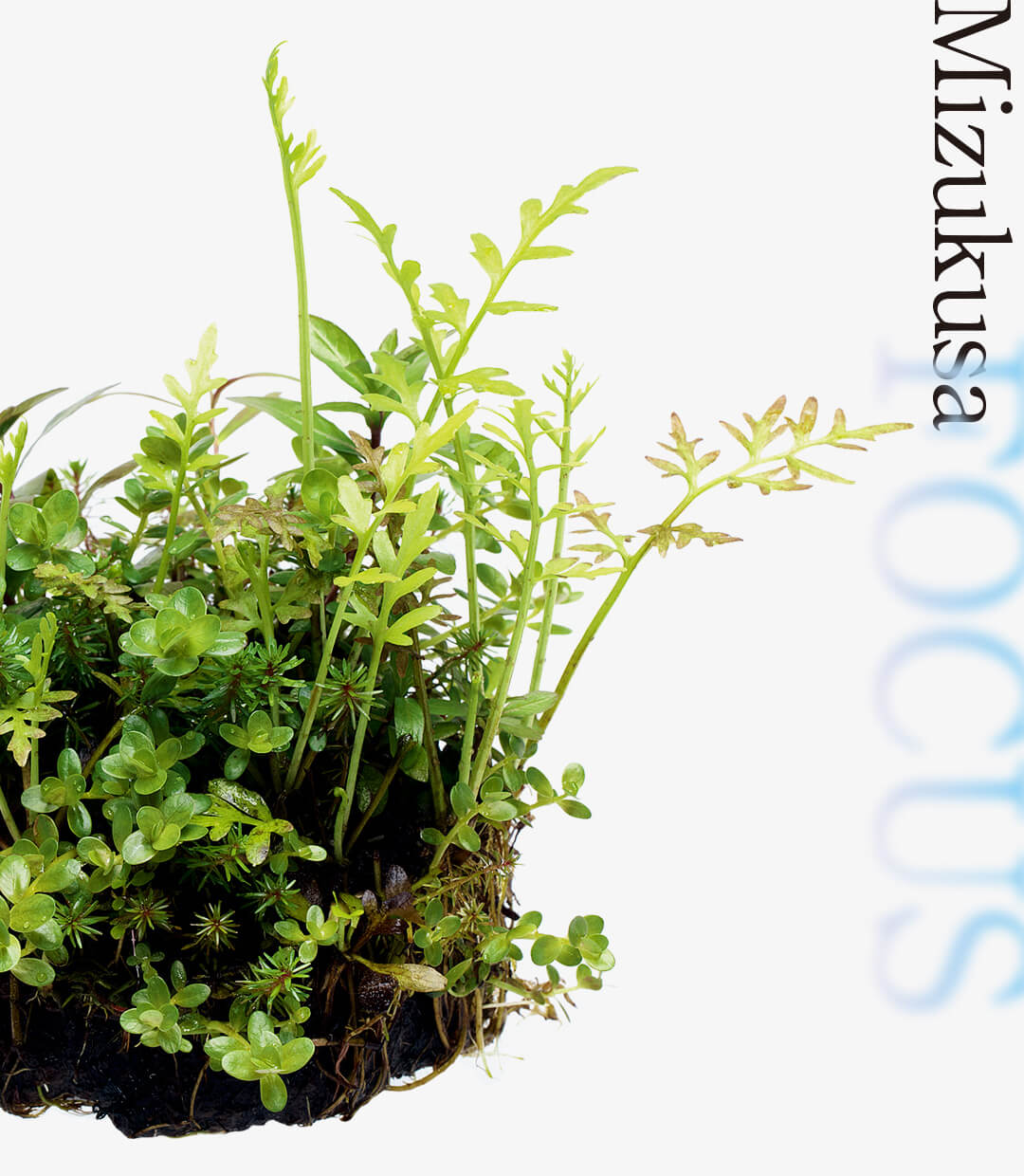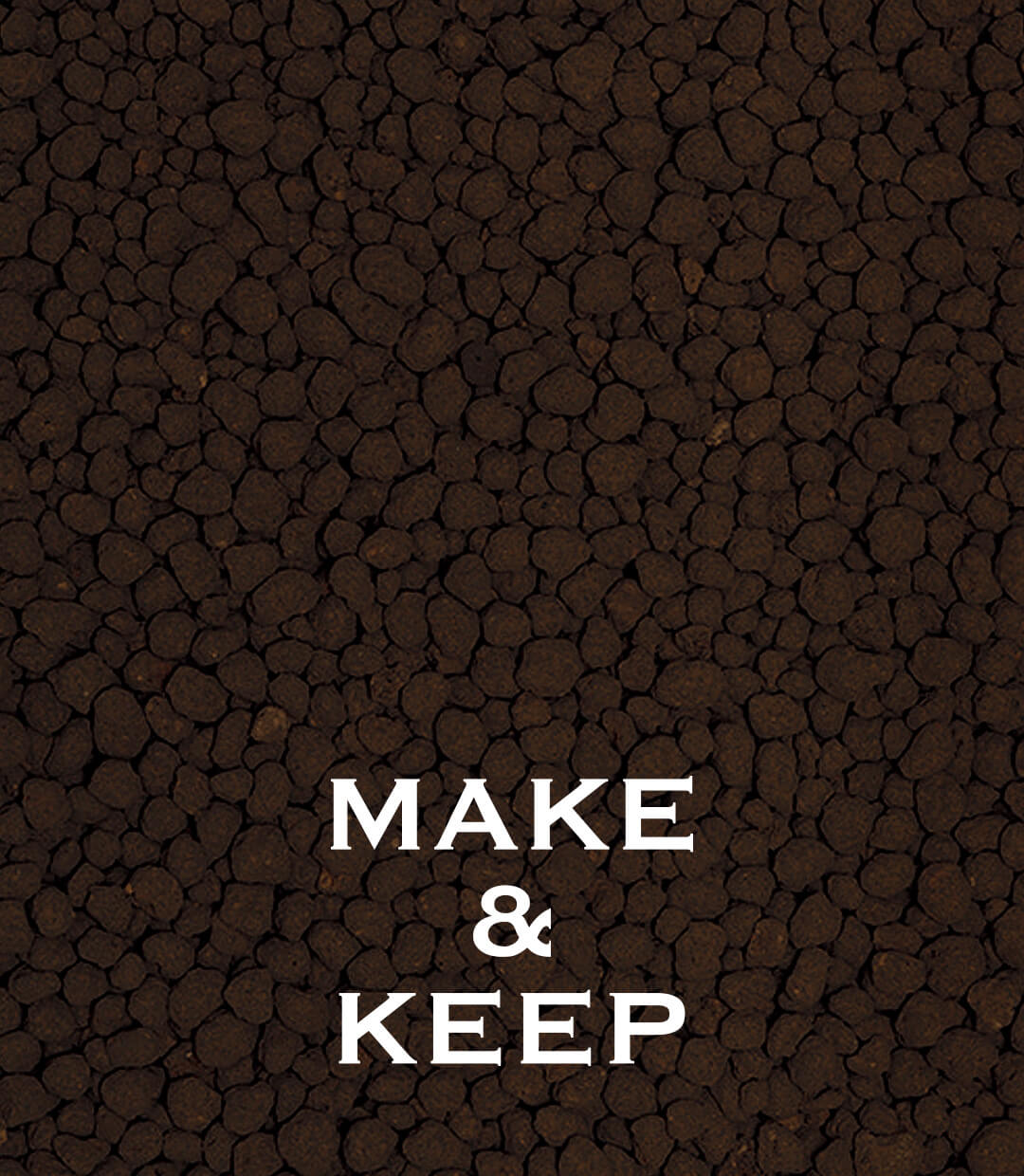IWAGUMI – KO Yusuke Homma x Daisuke Inoue
The pursuit of “Stones”
Scenery of mountain streams has something in common with creating layouts.
Among various styles of Nature Aquarium, it can be said that Iwagumi layouts are the origin of Nature Aquarium. Takashi Amano who looked up nature as a great teacher, felt confident with the Iwagumi style as “his own expression”, and acknowledged it as his own challenge that he needed to face throughout his life. His layout style is still inspiring many aquarists to this day. To get hints and inspirations for Iwagumi, photoshooting in the field is essential. Photoshooting in mountain streams where the beauty of nature stands out, has something in common with creating layouts. By actually observing a river in nature in detail, we can understand that there are reasons for the position of stones even though they seem to be randomly placed at a glance. Over the years, stones keep rolling by the flow of water. Because there are many complicated factors involved such as the depth of water, features of riverbed, width and inclination of a river, no one has the same scenery. Because unique scenery spreads out while being steady, you may feel the romance of nature there. By framing such scenery and improving your skills to keep the well-balanced scenery, your sensibility will be increased, and your own sophisticated view of the world is created.
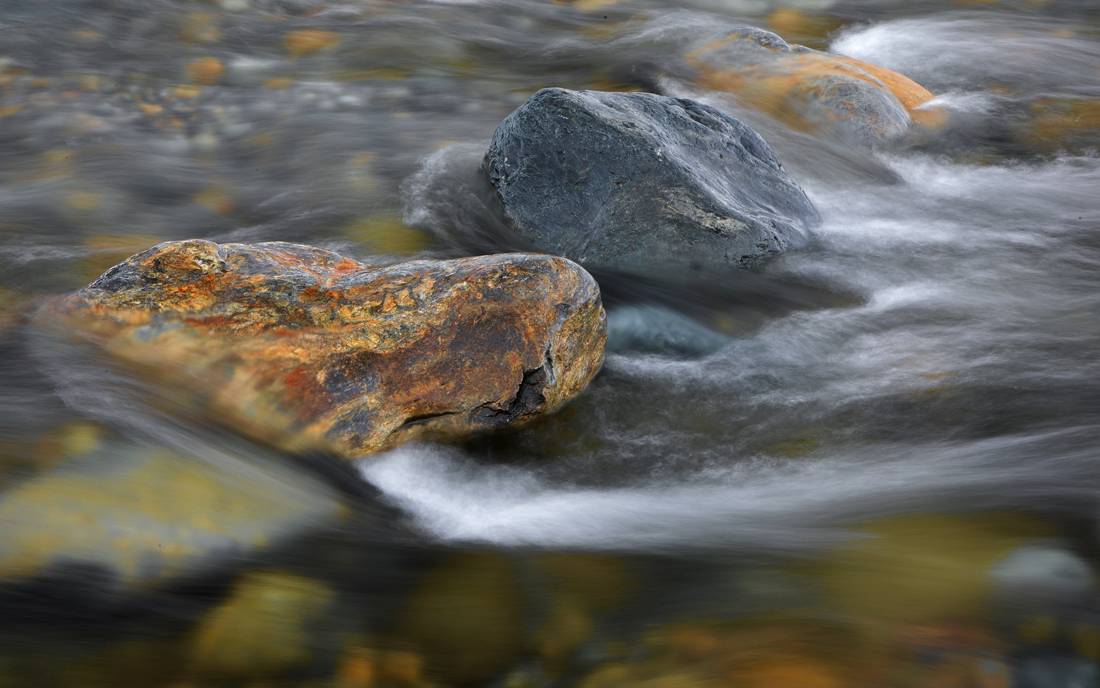
Photo by Yusuke Homma
The view of the world for Iwagumi layouts is established by Amano. However, while ADA SUIKEI creators preserve Amano’s philosophy and techniques, they work hard to improve themselves. Compared with other expression styles in Nature Aquarium, individual spirituality, way of thinking and philosophy have an effect on layouts in Iwagumi. How do the SUIKEI creators interpret aquascapes with the universal beauty of nature expressed in the simplest manner? And how do they grasp the essence of Iwagumi and create their own layouts? We interviewed them about their thoughts and got closer to their true feelings.
Takashi Amano’s Iwagumi tradition and thoughts for the next generation
Yusuke Homma, a SUIKEI creator is interviewed by Daisuke Inoue about his commitment to Sanzon Iwagumi.
Inoue: Mr. Homma, you often create Iwagumi layouts. What is your driving force when creating Iwagumi layouts?
Homma: As I had been involved in Takashi Amano’s aquascape creations for many years, I was so touched by his techniques and sensibility, and I dreamt of creating an Iwagumi layout just like Amano one day. I initiatively worked hard because I thought that by involving in photoshoots and layout creations with Amano, I could possibly become like Amano. Yearning is all my driving force.
Homma: As I had been involved in Takashi Amano’s aquascape creations for many years, I was so touched by his techniques and sensibility, and I dreamt of creating an Iwagumi layout just like Amano one day. I initiatively worked hard because I thought that by involving in photoshoots and layout creations with Amano, I could possibly become like Amano. Yearning is all my driving force.
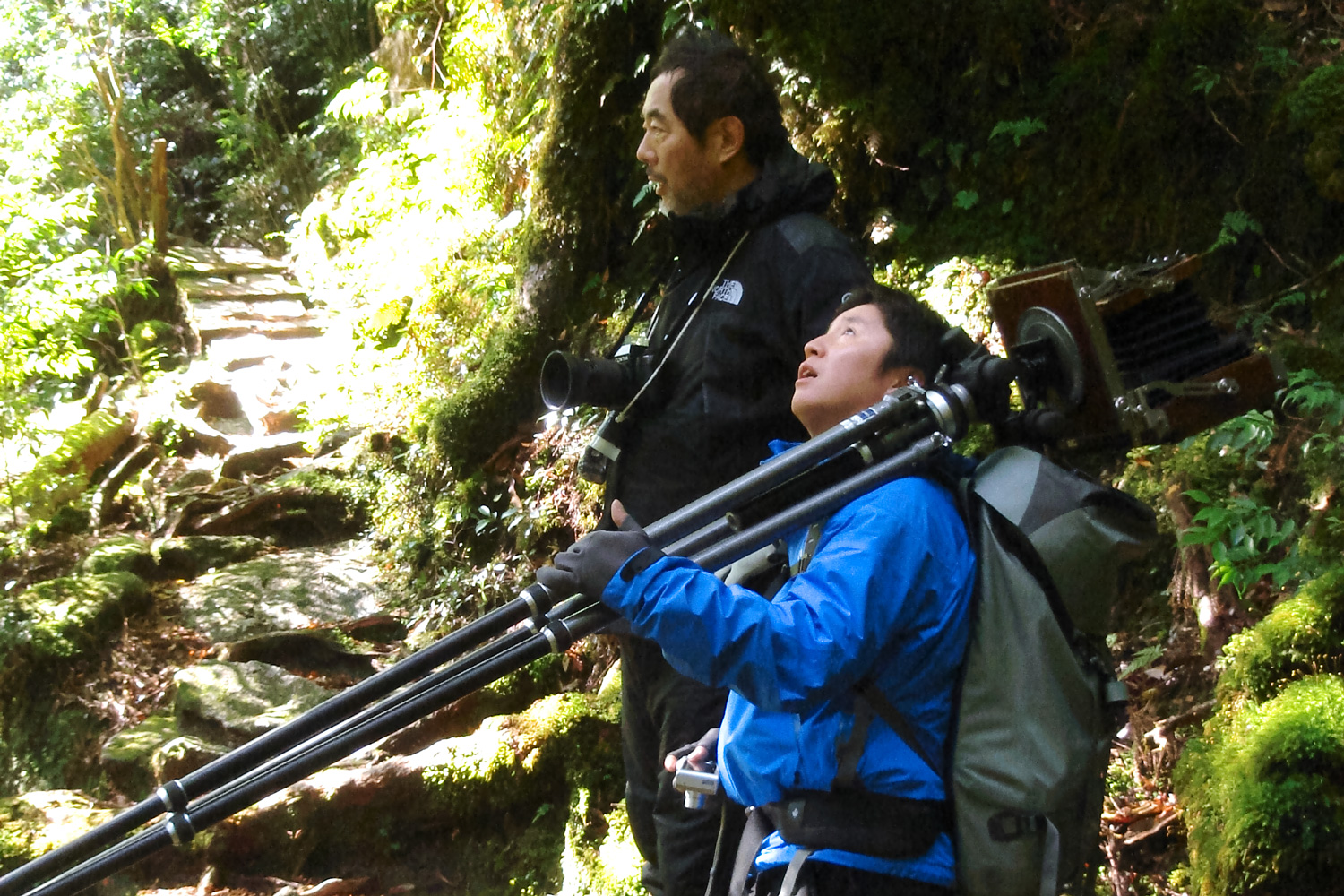
Inoue: Your yearning for Amano is also connected to the effort for Sanzon Iwagumi, right?
Homma: Yes, that’s right. The Sanzon Iwagumi is exceptionally original, and it is the basis and classic of Iwagumi layout styles. The Sanzon Iwagumi is the basis of all Iwagumi styles. As I had opportunities to go to the nature for photoshooting and to create Iwagumi layouts with Amano, I would like to teach the techniques to the younger generation. Ever since I became an ADA’s SUIKEI creator and start creating layouts, I’ve always wanted to create Sanzon Iwagumi layouts that I’m satisfied with as following Amano’s style while admiring him so much. I think that unless you learn the principles first, you can never express your originality.
Inoue: So, when you teach Iwagumi, what is important?
Homma: I would like to teach Amano’s Iwagumi aquascapes not just a formality but also his spirituality. The process for Iwagumi is also important. Moreover, I think it’s important to teach young people to learn Iwagumi not only from examples of aquascapes, but from the fundamental attitude of “Learn from Nature”, so that the young people can continue to preserve the Iwagumi. Like I was with Amano, not only I want to teach techniques for compositions and layouts, but I also want to go to nature for photoshooting together, and I would love them to learn from their own experiences. When creating aquascapes at NA Gallery, how they look in pictures, how to arrange compositions and angles of materials are important to teach. But besides that, I would also like the young generation to know that there is a reason for driftwood or stones to be in nature, and even those driftwood and stones have relationships with nature and the law of nature.
Inoue: Can I ask you about an Iwagumi layout that was supposed to be exhibited at the event in Osaka, which was called a phantom Iwagumi in ADA?
Homma: For this Sanzon Iwagumi (see above and below photos), while being aware of following the principles, I interlaced my own ideas learned from nature with the principles. For example, I would like you to take a look at the Fuku-Ishi (secondary stone) on the left side of the Oya-Ishi (main stone). In Sanzon Iwagumi layouts by Amano, a large Fuku-Ishi is often placed standing up in the opposite direction of the water flow, rather on the left side of an Oya-Ishi. But I purposely tilted the stone in this Iwagumi. In order to create this Iwagumi, I used a hint I got when I visited a headwater of a place where Hakkai Stones in this Iwagumi are from for photoshooting. By having one large stone, a strong water flow is created toward the downstream, and a space is created by the large stone with the water flow. I expressed details I got from nature in this Iwagumi.
Homma: Yes, that’s right. The Sanzon Iwagumi is exceptionally original, and it is the basis and classic of Iwagumi layout styles. The Sanzon Iwagumi is the basis of all Iwagumi styles. As I had opportunities to go to the nature for photoshooting and to create Iwagumi layouts with Amano, I would like to teach the techniques to the younger generation. Ever since I became an ADA’s SUIKEI creator and start creating layouts, I’ve always wanted to create Sanzon Iwagumi layouts that I’m satisfied with as following Amano’s style while admiring him so much. I think that unless you learn the principles first, you can never express your originality.
Inoue: So, when you teach Iwagumi, what is important?
Homma: I would like to teach Amano’s Iwagumi aquascapes not just a formality but also his spirituality. The process for Iwagumi is also important. Moreover, I think it’s important to teach young people to learn Iwagumi not only from examples of aquascapes, but from the fundamental attitude of “Learn from Nature”, so that the young people can continue to preserve the Iwagumi. Like I was with Amano, not only I want to teach techniques for compositions and layouts, but I also want to go to nature for photoshooting together, and I would love them to learn from their own experiences. When creating aquascapes at NA Gallery, how they look in pictures, how to arrange compositions and angles of materials are important to teach. But besides that, I would also like the young generation to know that there is a reason for driftwood or stones to be in nature, and even those driftwood and stones have relationships with nature and the law of nature.
Inoue: Can I ask you about an Iwagumi layout that was supposed to be exhibited at the event in Osaka, which was called a phantom Iwagumi in ADA?
Homma: For this Sanzon Iwagumi (see above and below photos), while being aware of following the principles, I interlaced my own ideas learned from nature with the principles. For example, I would like you to take a look at the Fuku-Ishi (secondary stone) on the left side of the Oya-Ishi (main stone). In Sanzon Iwagumi layouts by Amano, a large Fuku-Ishi is often placed standing up in the opposite direction of the water flow, rather on the left side of an Oya-Ishi. But I purposely tilted the stone in this Iwagumi. In order to create this Iwagumi, I used a hint I got when I visited a headwater of a place where Hakkai Stones in this Iwagumi are from for photoshooting. By having one large stone, a strong water flow is created toward the downstream, and a space is created by the large stone with the water flow. I expressed details I got from nature in this Iwagumi.

Inoue: Is there anything you felt or struggled throughout the production?
Homma: The biggest Hakkai Stone, the Oya-Ishi weighed more than 100kg. I tried to get well-prepared to create the aquascape as I repeatedly visualized the procedure to place the stone into an aquarium tank, and how to load the stone, besides the aquarium tank itself. When deciding on the composition, the team needed the simple physical strength as a few people had to carry the stone together. But more than anything, the mental strength of the whole team involved in the aquascape was extremely important. I think the W3m Iwagumi aquascape was not my individual aquascape, but it was rather the aquascape created by the ADA team.
Homma: The biggest Hakkai Stone, the Oya-Ishi weighed more than 100kg. I tried to get well-prepared to create the aquascape as I repeatedly visualized the procedure to place the stone into an aquarium tank, and how to load the stone, besides the aquarium tank itself. When deciding on the composition, the team needed the simple physical strength as a few people had to carry the stone together. But more than anything, the mental strength of the whole team involved in the aquascape was extremely important. I think the W3m Iwagumi aquascape was not my individual aquascape, but it was rather the aquascape created by the ADA team.
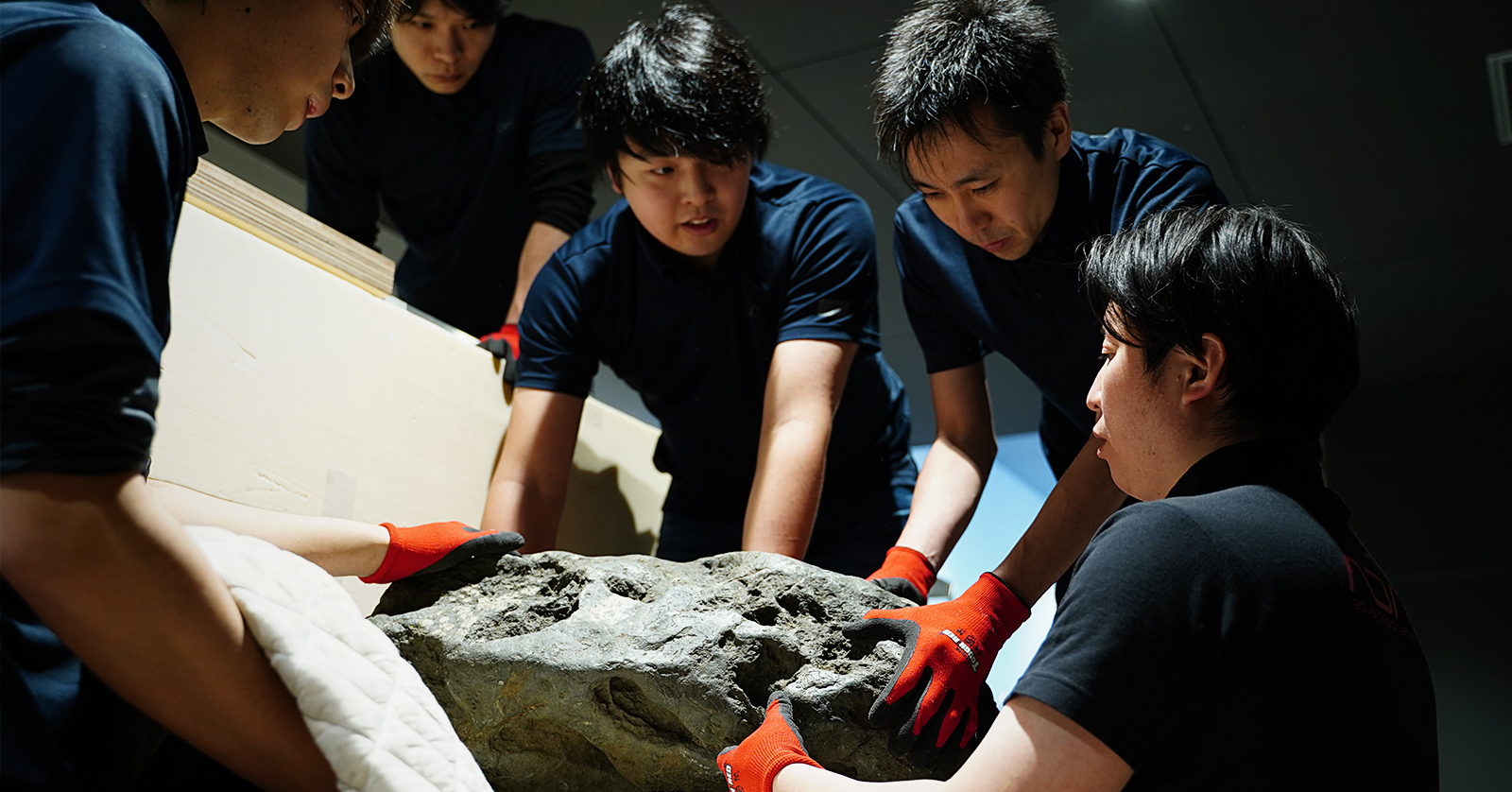
Inoue: It was really hard, wasn’t it? I guess this Sanzon Iwagumi means so much to you, Mr. Homma.
Homma: Yes, you are right. This aquascape was a turning point in my life. It was the first time I created the W3m Iwagumi layout, and I also thought it was a great opportunity for me. While following Amano’s ideas and works throughout the production, creating the aquascape by interlacing my own expressions with Amano’s expressions, made me more confident. My mentality that I developed through Amano’s Iwagumi has become my driving force when creating new aquascapes. I am very disappointed that I could not exhibit this aquascape at the event in Osaka due to the Covid-19 pandemic. But I also think that Nature Aquarium’s healing power is very important for people in this time and age. And I would like to be the one to teach Amano’s Iwagumi to the next generation as a tradition. I’m always hoping to be like Amano, and wishing to go beyond Amano one day.
Homma: Yes, you are right. This aquascape was a turning point in my life. It was the first time I created the W3m Iwagumi layout, and I also thought it was a great opportunity for me. While following Amano’s ideas and works throughout the production, creating the aquascape by interlacing my own expressions with Amano’s expressions, made me more confident. My mentality that I developed through Amano’s Iwagumi has become my driving force when creating new aquascapes. I am very disappointed that I could not exhibit this aquascape at the event in Osaka due to the Covid-19 pandemic. But I also think that Nature Aquarium’s healing power is very important for people in this time and age. And I would like to be the one to teach Amano’s Iwagumi to the next generation as a tradition. I’m always hoping to be like Amano, and wishing to go beyond Amano one day.

Size: W300×D60×H70(cm)
